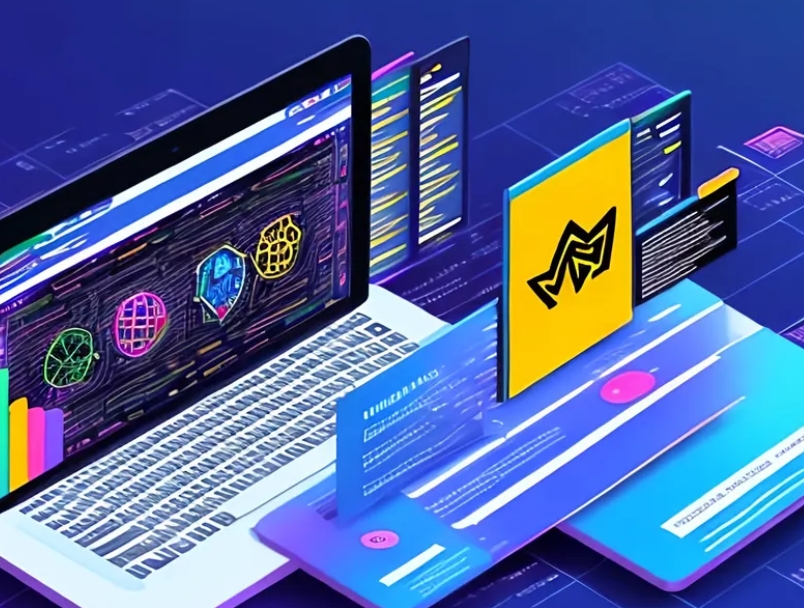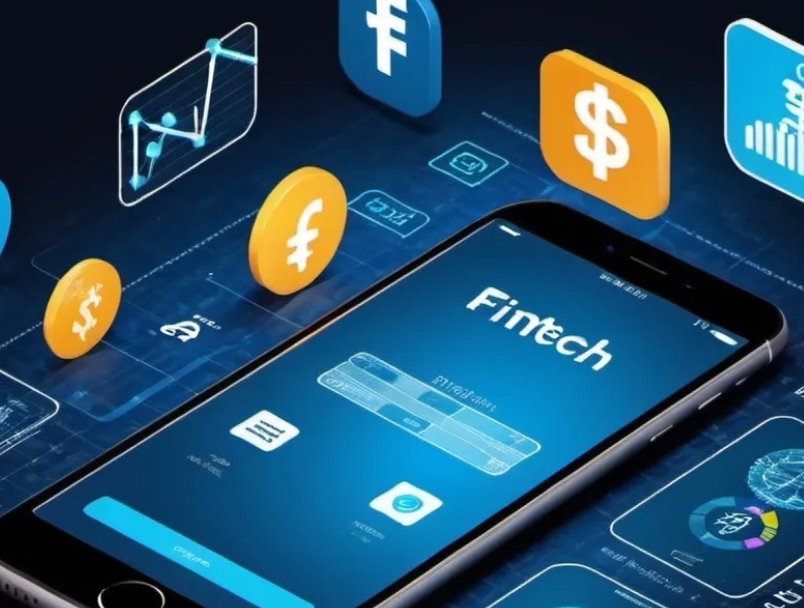
Understanding DeFi: The Next Financial Revolution
Introduction
Decentralized Finance (DeFi) is a rapidly evolving financial ecosystem that is poised to transform the traditional financial landscape. DeFi leverages blockchain technology and decentralized protocols to create a new paradigm of financial services, offering users greater control, transparency, and accessibility compared to traditional finance.
The Foundations of DeFi
DeFi is built on the foundations of blockchain technology, which provides a secure, transparent, and decentralized ledger for recording and verifying financial transactions. Ethereum, the second-largest cryptocurrency after Bitcoin, has been the primary platform for the development of DeFi applications, known as "dApps."
Key Components of DeFi
Decentralized Exchanges (DEXs): DEXs allow users to trade cryptocurrencies directly, without the need for a centralized intermediary. Examples include Uniswap, Sushiswap, and Curve.
Lending and Borrowing Protocols: DeFi platforms like Aave, Compound, and Maker enable users to lend, borrow, and earn interest on their cryptocurrency holdings.
Stablecoins: Stablecoins, such as DAI and USDC, are cryptocurrencies designed to maintain a stable value, often pegged to fiat currencies like the US dollar, providing a reliable asset for DeFi transactions.
Decentralized Derivatives: DeFi platforms like Synthetix allow users to trade synthetic assets, including stocks, commodities, and cryptocurrencies, without the need for a central authority.
Yield Farming: DeFi users can "farm" for yield by providing liquidity to various DeFi protocols and earning rewards in the form of governance tokens or other incentives.
The Benefits of DeFi
Accessibility: DeFi platforms are open to anyone with an internet connection, democratizing access to financial services.
Transparency: DeFi protocols operate on public, transparent blockchains, allowing users to verify transactions and monitor the health of the ecosystem.
Composability: DeFi applications can be built on top of each other, enabling the creation of innovative financial products and services.
Programmability: DeFi protocols are programmable, allowing for the creation of complex financial instruments and automated processes.
Permissionless Innovation: DeFi enables the development of new financial products and services without the need for central approval or control.
The Challenges of DeFi
Regulatory Uncertainty: As DeFi continues to evolve, regulators are still working to understand and adapt their policies to this new financial landscape.
Technological Complexity: The underlying technology of DeFi can be complex, which can make it challenging for mainstream users to navigate and understand.
Smart Contract Risks: DeFi protocols rely on smart contracts, which can be vulnerable to bugs and security vulnerabilities if not properly audited and tested.
Liquidity and Volatility: DeFi markets can experience significant volatility and liquidity issues, which can impact the stability and reliability of the ecosystem.
Conclusion
Decentralized Finance is a revolutionary development in the financial industry, offering users greater control, transparency, and accessibility. As the DeFi ecosystem continues to grow and evolve, it has the potential to transform the way we think about and interact with financial services. However, the challenges and risks associated with DeFi must be addressed to ensure its long-term sustainability and mainstream adoption.
american-boffin.com
bfbchamp.com
democraticcoma.com
tigrepelvar.com
charpoles.com
derbywheelblazers.com
fansfocus.net
guildnow.com
hediyeteyze.com
isprimecdn.com
kiira-korpi.net
manutd24.com
mediumtylerhenry.com
mishanghai.org
savethreestrikes.com
smilesbydavis.com
10puntos.net
band-shirt.com
icelandtrails.com
paulmarioday.com
thefunnynanny.com
Dave Tries Ballet
Buon Grande
Criacao Sites
Perry Perkins Books
Writing Essay in AU
Ka Soku
Blood is Blood Movie
Eleanor Writes Things
The Happy Prince Beirut
Town of Witless Bay
Online Igrovoi Club
Trigeminal Neuralgia - Ronald Brisman MD
Chocolate City Burlesque
Advanced Electric Scooters
W Tougei
Breadboard Maniac
Takasu App



